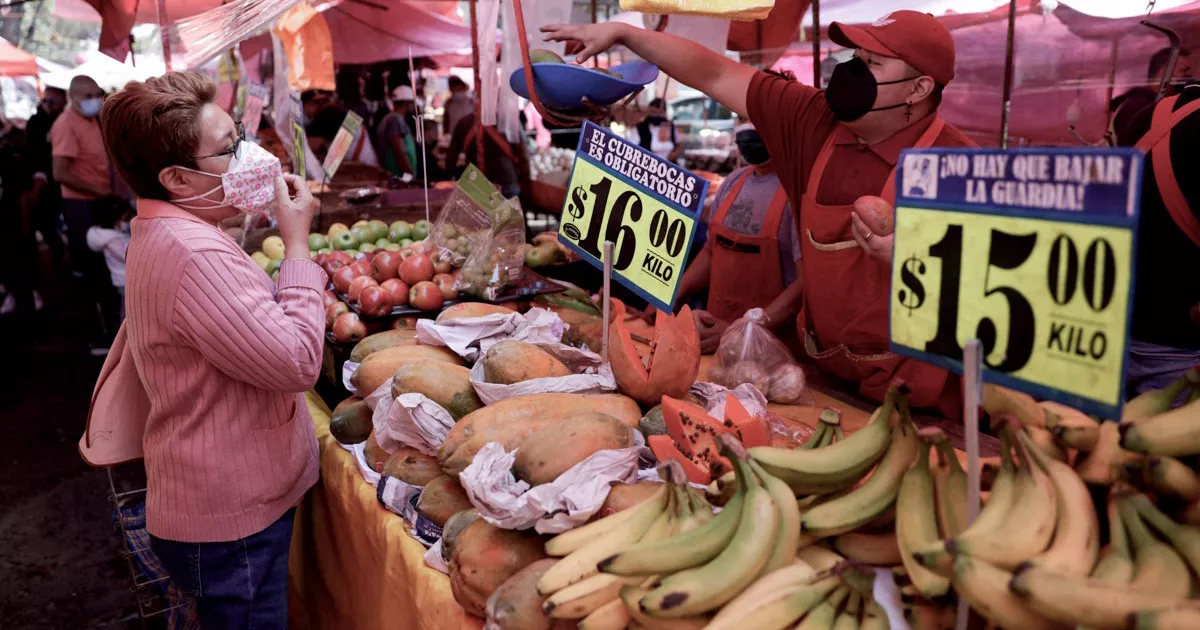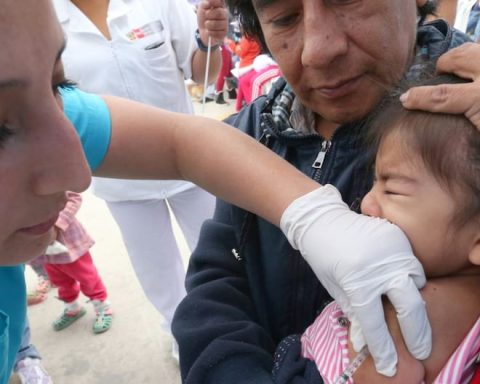Households in working poverty can manage to feed themselves from non-labor income such as remittances, transfers or access to social programs.
The main reasons for this deterioration are a fall in the average income of workers and the increase in the price of the food basket.
People living in rural areas registered a working poverty of 53.2% while in urban areas, the percentage is higher with 36%, according to a report by BBVA Research.
The bank highlighted that of the 39 products of the rural food basket, 34 increased their median monetary value. The foods that rose the most in price were oranges (46.2%), onions (44%) and potatoes (41.9%).
For the 42 products of the urban food basket36 have risen in price, especially onions (43.6%), oranges (32.8%) and potatoes (29.9%).
Working poverty by gender
Speaking of the employed population, women suffer more labor poverty compared to men.
In the July-September period, 16.4% of women belonging to the employed population suffered from labor poverty, a percentage higher than 10.8% of men, according to BBVA data. These levels are the highest in the past year.
“The state of Yucatán had the largest gap, where women had a 32% lower labor income than men, followed by Colima, with 29.8%, and Hidalgo, with 29.2%,” added BBVA.














